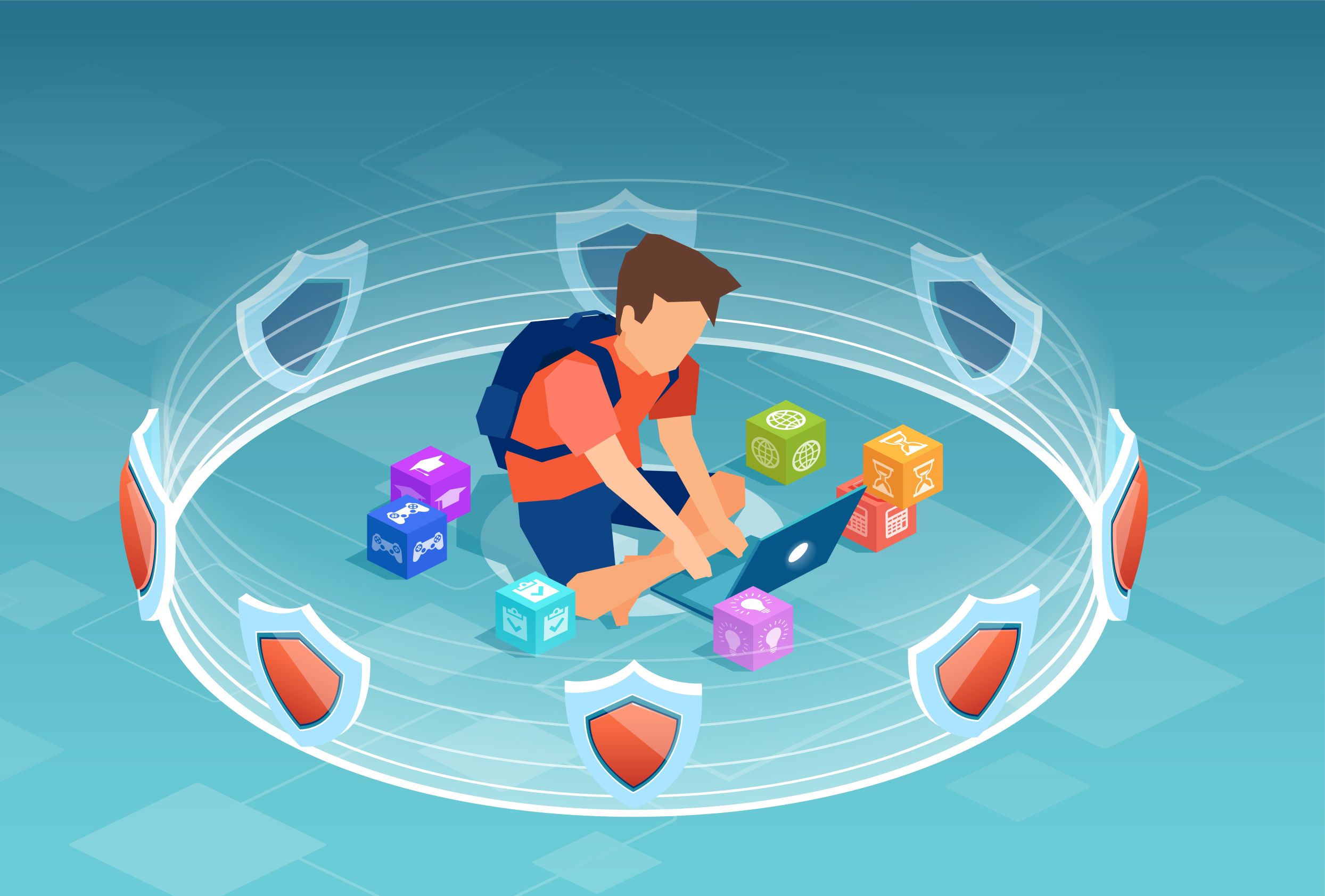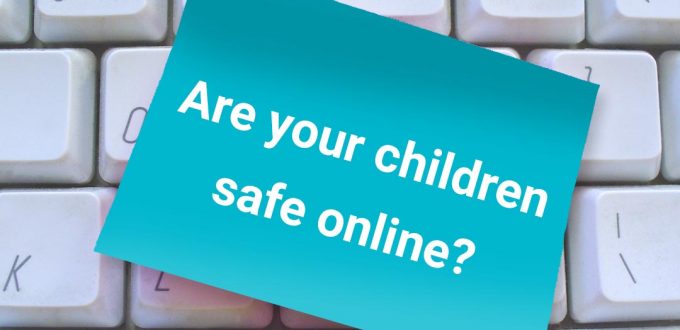What is Internet Safety? The threats and Opportunities
Internet safety or online safety is being aware of the possible threats that we can be confronted with when active online. Threats, whether they be online or in real life are something that we teach our children about, often instinctively from the moment they are born. Children and students are aware of possible threats because they are taught from a young age what is safe and what is not. With the vast variety of threats real-life poses, the internet has opened another door to a whole new world of threats.
More than 60% of primary school children use tablets, computers, and games consoles to access the internet; older students use mainly smartphones (more than 90%), followed by computers and tablets. As parents, we can do our best to teach Internet Safety at home, however, with our children spending such a large percentage of their day in school, how as teachers can we incorporate this learning into the classroom?
Nowadays, so much of our pupils' learning is done online in both Primary and Secondary schools. Most, if not all students will turn to a device to help with study or homework. Even the programmes we use in the classroom are often now completely online or have some elements that are online. In order to teach Internet safety in classrooms effectively, we must first fully understand the threats and opportunities the internet provides. Teaching Internet Safety in school and home is as much about educating yourself as it is your children/pupils.

What Threat Does the Internet Pose to Modern-day Students?
Chatrooms
Unfortunately, the phrase 'don't talk to strangers' also applies online. Chatrooms can be a specific chatroom App or they could be built into a gaming App. Either way, our students are exposed to an opportunity for strangers to speak with them. With the prominence of instant messaging, our students are able to speak with virtually anyone in the blink of an eye.
In chatrooms, it's not only important for students to learn to protect themselves if talking to strangers, it's also important that they are taught how to behave in these chatrooms and to treat their peers nicely and with respect. With so much of our lives now lived through a screen, it's easy for students to forget that everything that is sent online is recorded and can be found again in the future if required. It's important that students know the online world is real and online words hurt the same as they would in person.
Social Media
Sometimes, it might be difficult to see why this is a threat, especially when almost 70% of primary school children stated that they know more than their parents about online apps and gaming and 56% stated that they know more than their parents about social media. However, it's arguably one of the biggest threats to our students online. There is often a disconnect between real life and what we see on social media. Social media has catapulted younger generations into a world of comparison and judgement of others. Teaching students to become independent thinkers will hugely benefit how they behave on social media platforms.
Opportunities
Although this blog centres around the negative impact of the internet, it's worth noting that one of the main reasons why Internet safety is so important is because there are so many opportunities for students online. Teaching students internet safety is vital to ensure these opportunities can be achieved in the safest way possible.
In current times, online courses are at their peak. Our upcoming students are set for a different college or university experience than our previous students with learning having moved so heavily online. There are many benefits to online learning. Classes are accessible from home meaning less of a commute for students, they can often be less expensive and there is a much larger variety. Teaching Internet Safety enables students to access these safely in the future. After all, the more we can connect through learning the richer the experience.

How to Teach Internet Safety in the Classroom
Speak openly about internet use in the classroom
Taking some time once a week to discuss your classes experiences both positive and negative on the internet can be a form of peer-led learning in which they have an opportunity to learn from each other. This opens up a natural conversation where students learn from each others' experiences and in turn, will help them avoid those situations in the future.
Furthermore, it's virtually impossible to identify every single possible threat and positive experience available online, so opening the floor to students to speak on their own experiences is the quickest way to identify what is relevant to those students at that particular age or time. Ultimately, achieving the highest result in the quickest amount of time.
Teach the opportunities of the Internet
New opportunities and looking to the future is exciting. Showing students how much opportunity there is online not only makes them excited for their potential future but it will also ensure that they learn to respect the online world. Understanding that their online behaviours are all tracked in their digital footprint, will help to encourage moral behaviour online.
On the topic of moral online behaviour, our free Teachers Resource, the T-shirt Rule is an excellent way to teach kids to be more considerate about what they post and share online. Have them ask this question before they post or share, "Would I wear a t-shirt with this comment written on it?" You can download a FREE T-Shirt rule poster for your classroom here.
Zeeko Internet Safety Seminars
We understand that there may not always be an opportunity to factor Internet Safety into the busy school day. Zeeko Education provides Internet Safety training both virtually and on-site to suit every school’s needs. Read more on our seminars here or forward this link to your child's teacher.
Don't forget to sign up for our Parents Blog List here. Teachers can sign up for our Monthly Teachers Newsletter here.
Explore Zeeko’s Home Page to discover our mission on the About Us Page, innovative Phone Blocking System, and engaging Phoenix Quest 10 programme. We provide Internet Safety Seminars, the Zeeko Report Card, and the Magical Leaders Choose Country initiative, alongside insights from our Digital Trend Report. Stay connected with us on Facebook and Instagram for updates.

